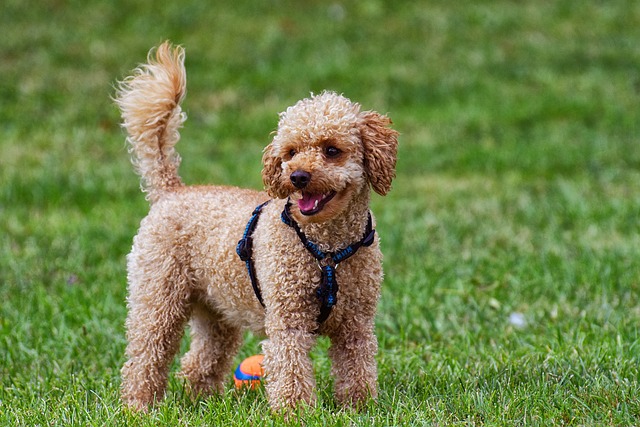
Is it dangerous for a dog to have respiratory disease?
Respiratory issues in dogs can range from mild sneezing fits after sniffing dusty grass to severe, life - threatening infections—and knowing the difference is key for every pet owner.
You’ve seen your dog seek out the cool tile floor on a hot summer day, sprawled out to escape the heat. It makes you wonder if those advertised cooling mats are a genuine solution or just a marketing gimmick. The answer is a qualified yes—they can work effectively, but not all mats are created equal, and they are a supplement to, not a replacement for, responsible heat management. Understanding how they function is key to using them safely and effectively as part of your overall strategy for keeping your dog cool in summer.
The science behind most cooling mats is refreshingly straightforward. They typically use one of two mechanisms: gel-based or pressure-activated. Gel mats contain a non-toxic cooling substance that absorbs your dog’s body heat when they lie on it, providing a consistently cool surface for a few hours. Pressure-activated mats don’t require refrigeration; they use a special material that cools through evaporation when your dog’s weight is applied. The key to their effectiveness is providing an alternative cooling surface that doesn’t rely on the dog’s own, less efficient, cooling methods like panting. This proactive approach to canine comfort is a perfect example of force-free pet care, aligning with modern ethics that prioritize providing choices and relieving discomfort without any form of coercion.

Your practical approach should be one of introduction and supervision. First, choose a mat from a reputable brand that uses non-toxic materials and is appropriately sized for your dog. Place the mat in a cool, shaded spot your dog already favors—never in direct sunlight, which can defeat its purpose or even overheat some types of mats. Don’t force your dog onto it; instead, let them discover it on their own terms. You can encourage investigation by placing a favorite toy or a few treats on it. Always supervise initial use to ensure your dog doesn’t chew or scratch at the mat, and regularly check for any signs of damage or leaks. For the best results, use it indoors as a comfortable retreat after a walk, not as an outdoor solution.
Integrating this tool into your routine highlights your broader duty as a pet owner. While a cooling mat manages indoor comfort, your responsibility for responsible dog ownership extends outdoors. This includes understanding that a mat doesn’t negate the dangers of walking on hot pavement in peak heat, which can severely burn paw pads. Always test the asphalt with your hand—if it’s too hot for you, it’s too hot for them. Furthermore, your community duties remain paramount. Always carry water and a collapsible bowl on walks to prevent dehydration, and be scrupulous about carrying multiple poop bags and cleaning up immediately—a practice that is both legally mandated and a mark of a respectful neighbor. For apartment dwellers, a cool and comfortable dog is a quiet dog, less likely to whine or bark from heat-related stress, contributing to a peaceful building environment. Using a cooling mat is one smart part of a larger, conscientious approach to your dog’s summer well-being.

Respiratory issues in dogs can range from mild sneezing fits after sniffing dusty grass to severe, life - threatening infections—and knowing the difference is key for every pet owner.

You’ve seen your dog seek out the cool tile floor on a hot summer day, sprawled out to escape the heat. It makes you wonder if those advertised

Watching your loyal companion slow down as they enter their golden years can feel bittersweet, but with the right care

Coming home to a dog that’s muddy, shedding, or smells like wet grass can make even the coziest home feel messy.

Watching your once-energetic pup slow down as they age can make you wonder if their food is still meeting their needs.

Dog scratching nonstop, licking their paws raw, or developing red, bumpy patches often signals allergic skin disease—common triggers include pollen, dust mites, or even certain proteins in their food.